U.S. Initial Unemployment Insurance Claims Fell in Latest Week
Summary
- Initial claims have declined for five consecutive weeks.
- Continuing claims rose slightly in the July 5 week.
- Insured unemployment rate was unchanged for the sixth consecutive week.
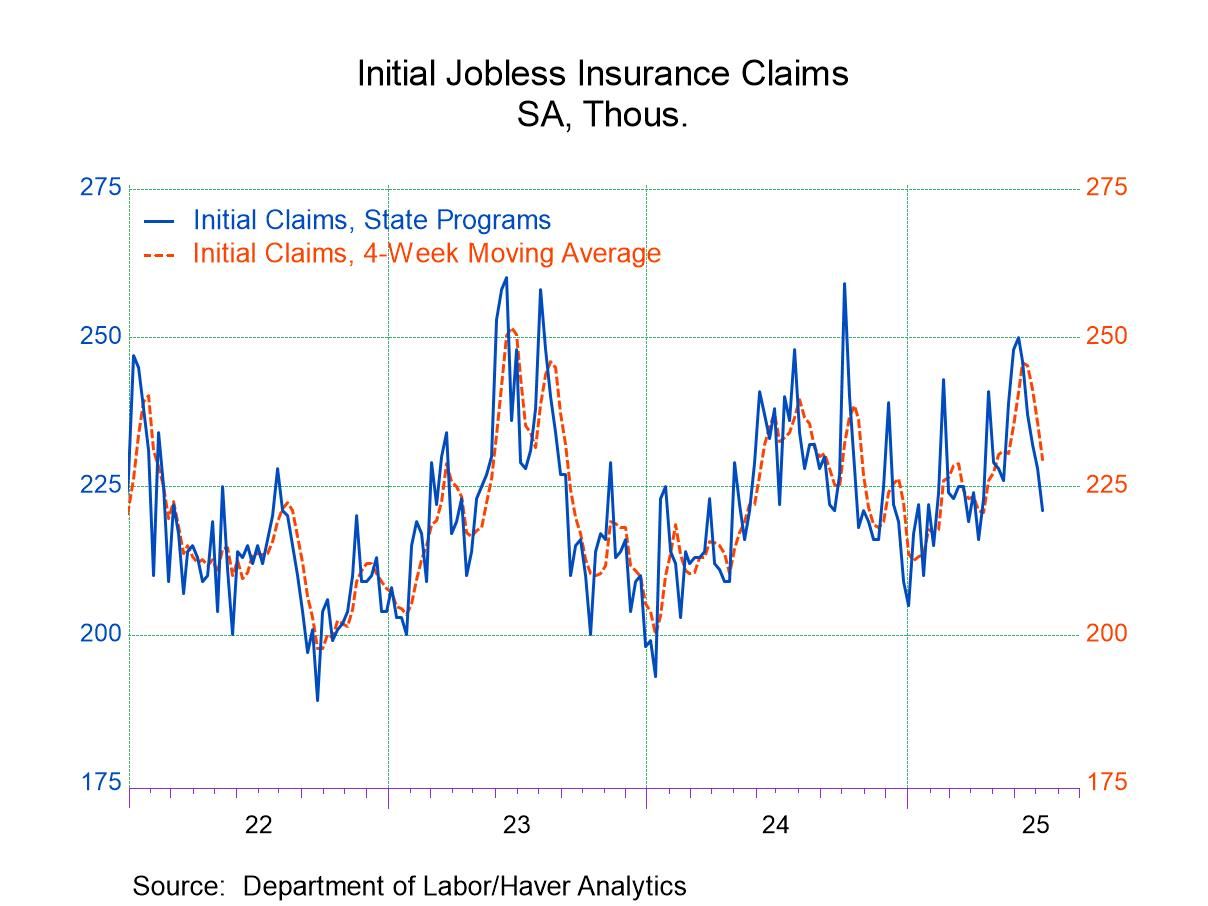
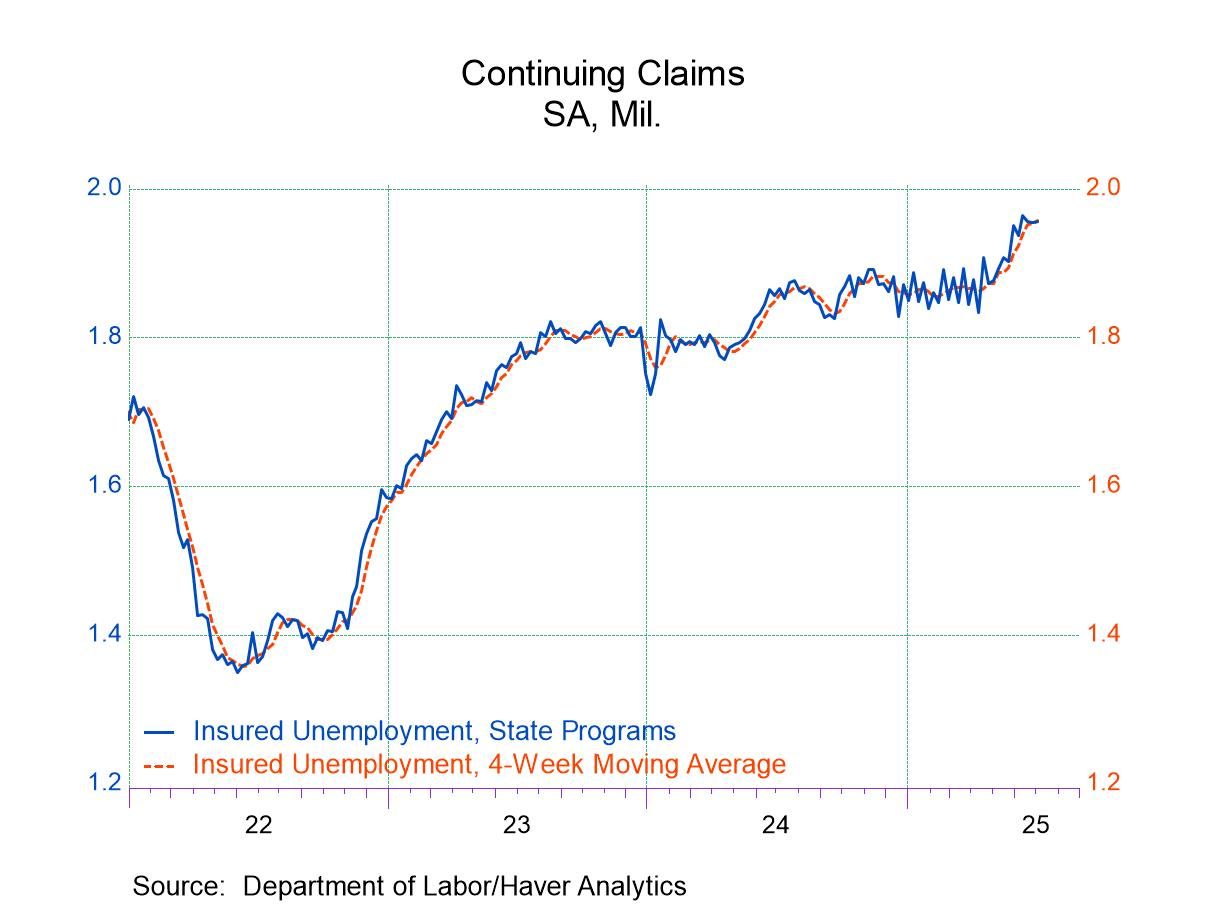
Initial claims for unemployment insurance declined by 7,000 to 221,000 (-7.9% y/y) in the week ended July 12 from 228,000 in the previous week, which was revised from 227,000. Initial claims have declined for five consecutive weeks. The Action Economics Forecast Survey expected 233,000 initial claims for last week. The four-week moving average of initial claims edged down to 229,500 from 235,750, revised from 235,500. It was the lowest level since the first week of May.
In the week ended July 5, the total number of unemployment insurance beneficiaries – also known as “continuing claims” – rose to 1.956 million (4.8% y/y) from 1.954 million in the prior week. The previous week’s level was revised down by 11,000 from 1.965 million.
In the week ending July 5, the insured rate of unemployment (the number of beneficiaries as a percent of covered employment) was unchanged at 1.3% for the sixth straight week. It has increased from 1.2% since the beginning of 2023 and 1.0% in November 2022.
The insured unemployment rate varied greatly across individual states and territories. In the week ended June 28, the highest unemployment rates were in New Jersey (2.49%), Rhode Island (2.48%), Puerto Rico (2.43%), Minnesota (2.17%), California (2.11%), Massachusetts (2.03%) and Washington (2.01%). The lowest were in South Dakota (0.29%), Florida (0.37%), North Carolina (0.46%), and Alabama (0.48%). Rates in other notable states include Pennsylvania (1.83%), Illinois (1.65%), New York (1.62%), and Texas (1.22%). These state data are not seasonally adjusted.
Data on weekly unemployment claims are from the Department of Labor itself, not the Bureau of Labor Statistics. They begin in 1967 and are contained in Haver’s WEEKLY database and summarized monthly in USECON. Data for individual states are in REGIONW back to December 1986. The expectations figure is from the Action Economics Forecast Survey in the AS1REPNA database.
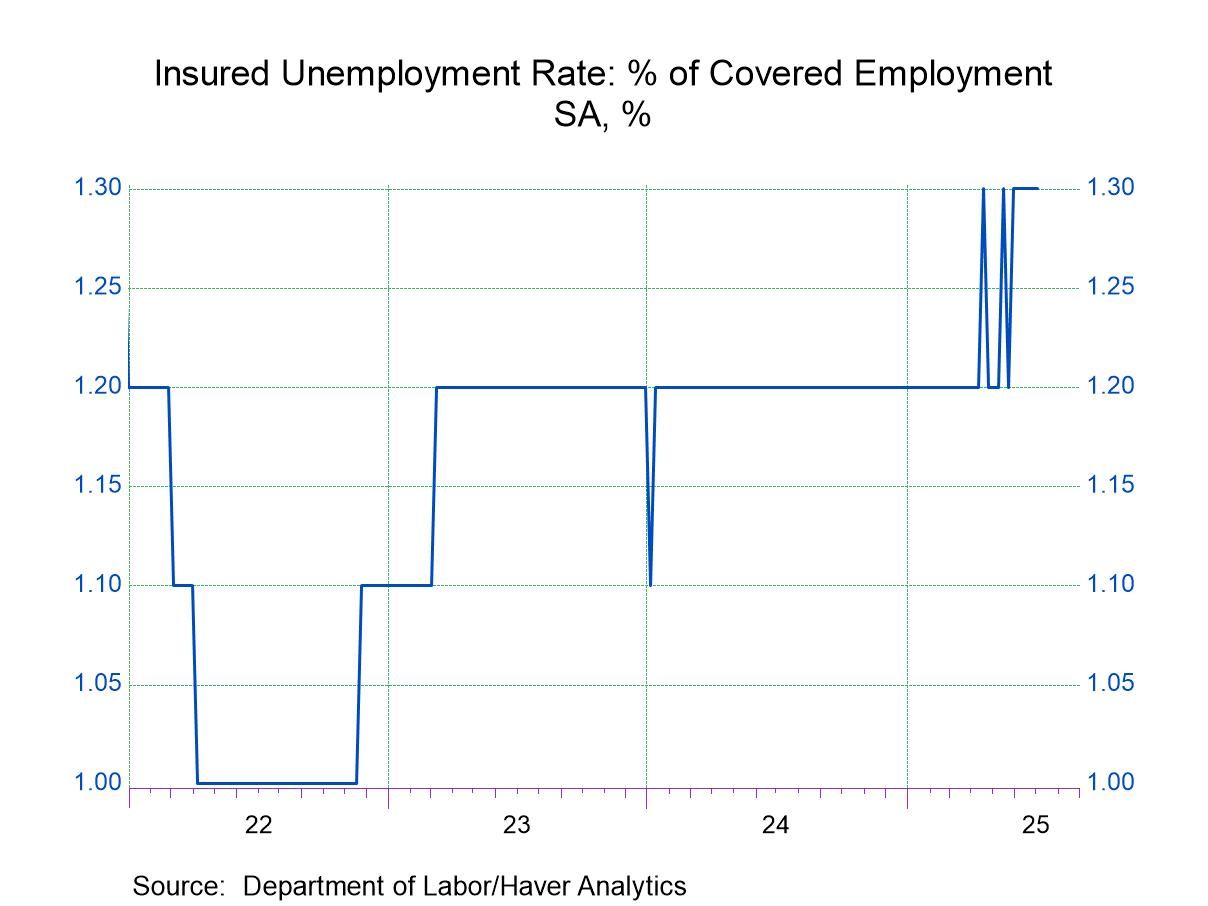
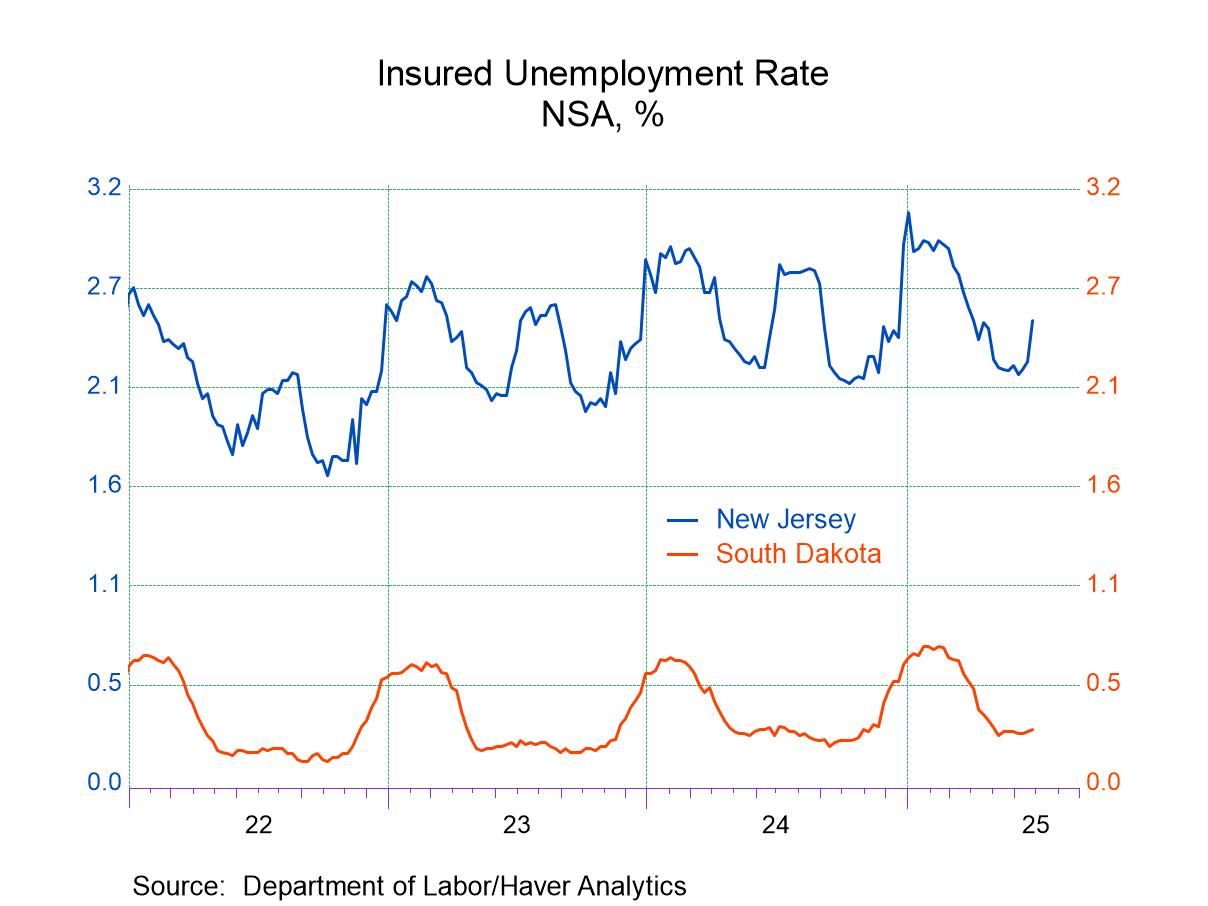
Kathleen Stephansen, CBE
AuthorMore in Author Profile »Kathleen Stephansen is a Senior Economist for Haver Analytics and an Independent Trustee for the EQAT/VIP/1290 Trust Funds, encompassing the US mutual funds sponsored by the Equitable Life Insurance Company. She is a former Chief Economist of Huawei Technologies USA, Senior Economic Advisor to the Boston Consulting Group, Chief Economist of the American International Group (AIG) and AIG Asset Management’s Senior Strategist and Global Head of Sovereign Research. Prior to joining AIG in 2010, Kathleen held various positions as Chief Economist or Head of Global Research at Aladdin Capital Holdings, Credit Suisse and Donaldson, Lufkin and Jenrette Securities Corporation.
Kathleen serves on the boards of the Global Interdependence Center (GIC), as Vice-Chair of the GIC College of Central Bankers, is the Treasurer for Economists for Peace and Security (EPS) and is a former board member of the National Association of Business Economics (NABE). She is a member of Chatham House and the Economic Club of New York. She holds an undergraduate degree in economics from the Universite Catholique de Louvain and graduate degrees in economics from the University of New Hampshire (MA) and the London School of Economics (PhD abd).



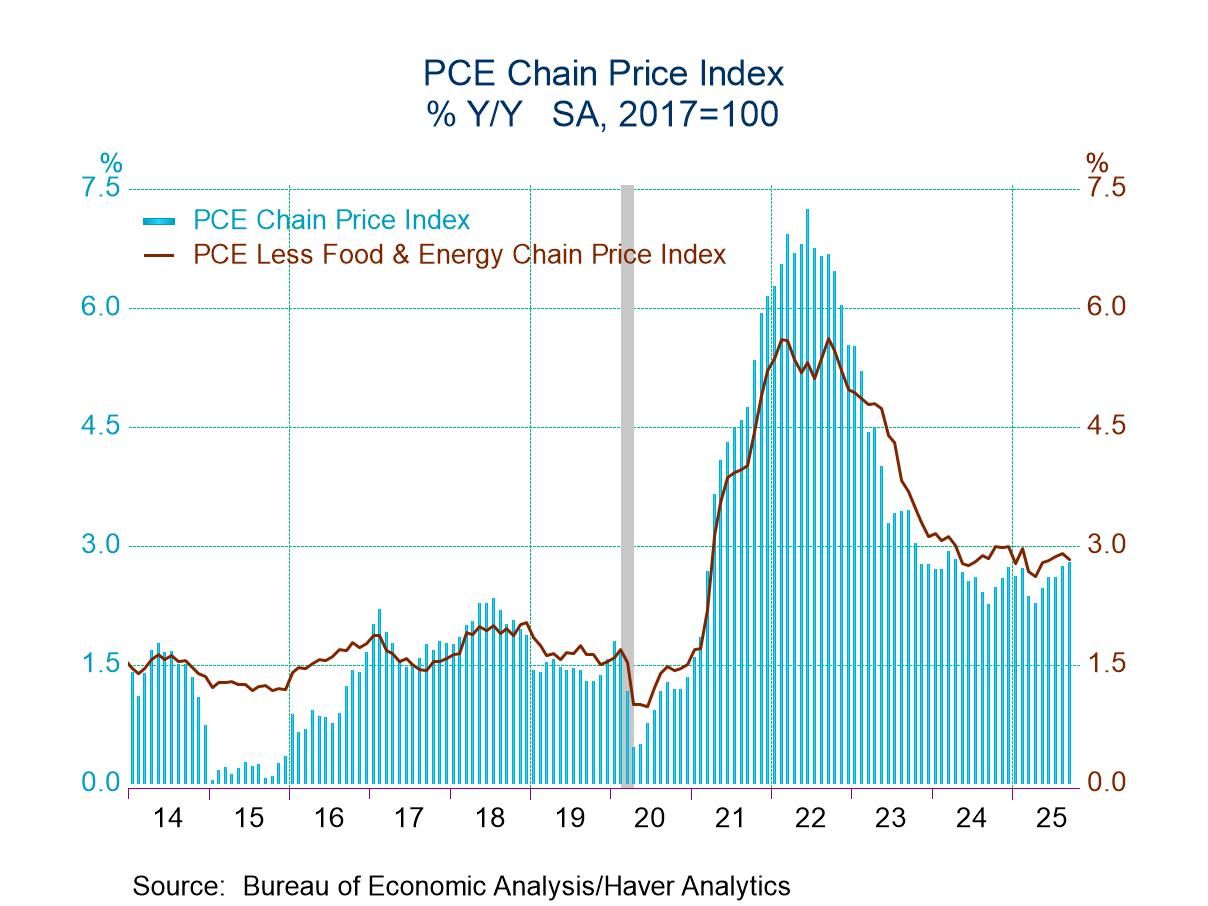
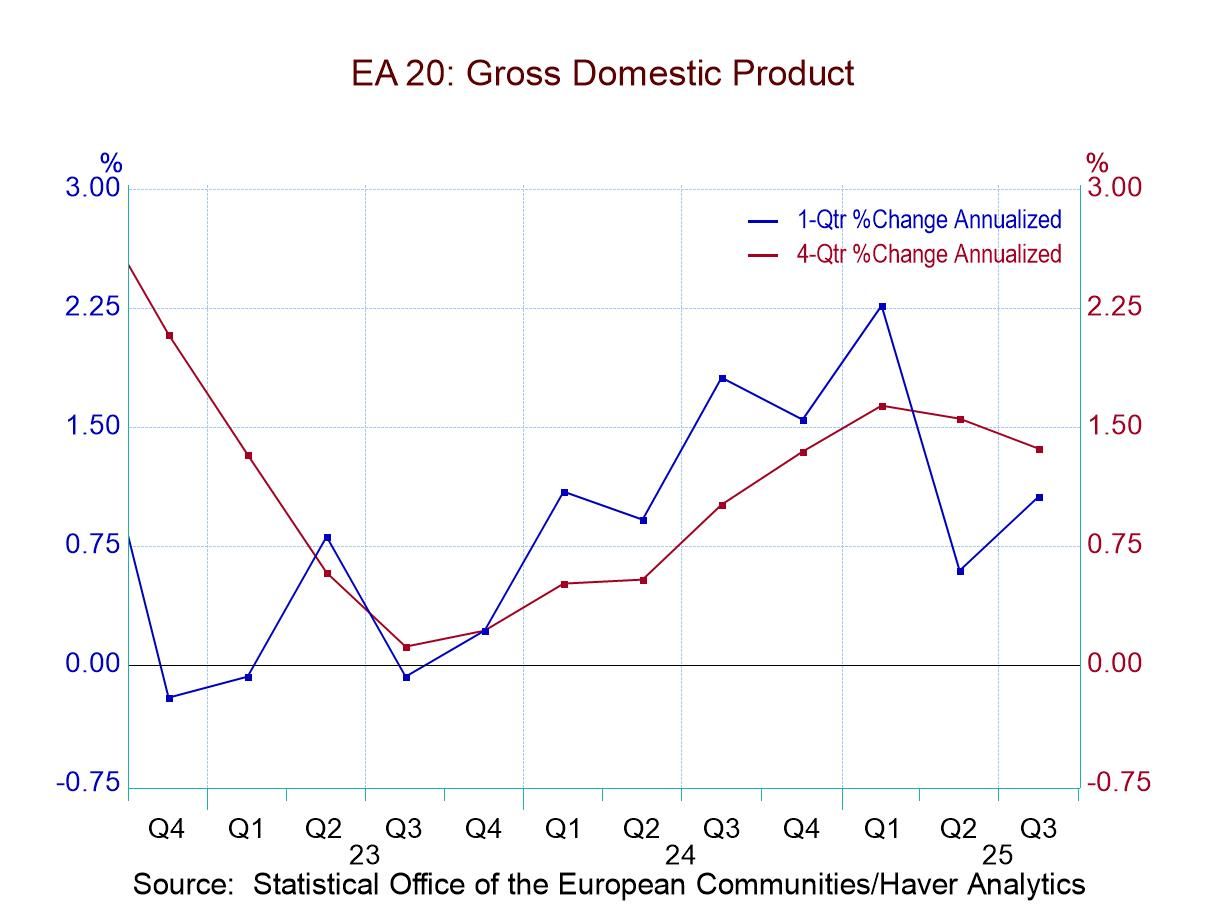
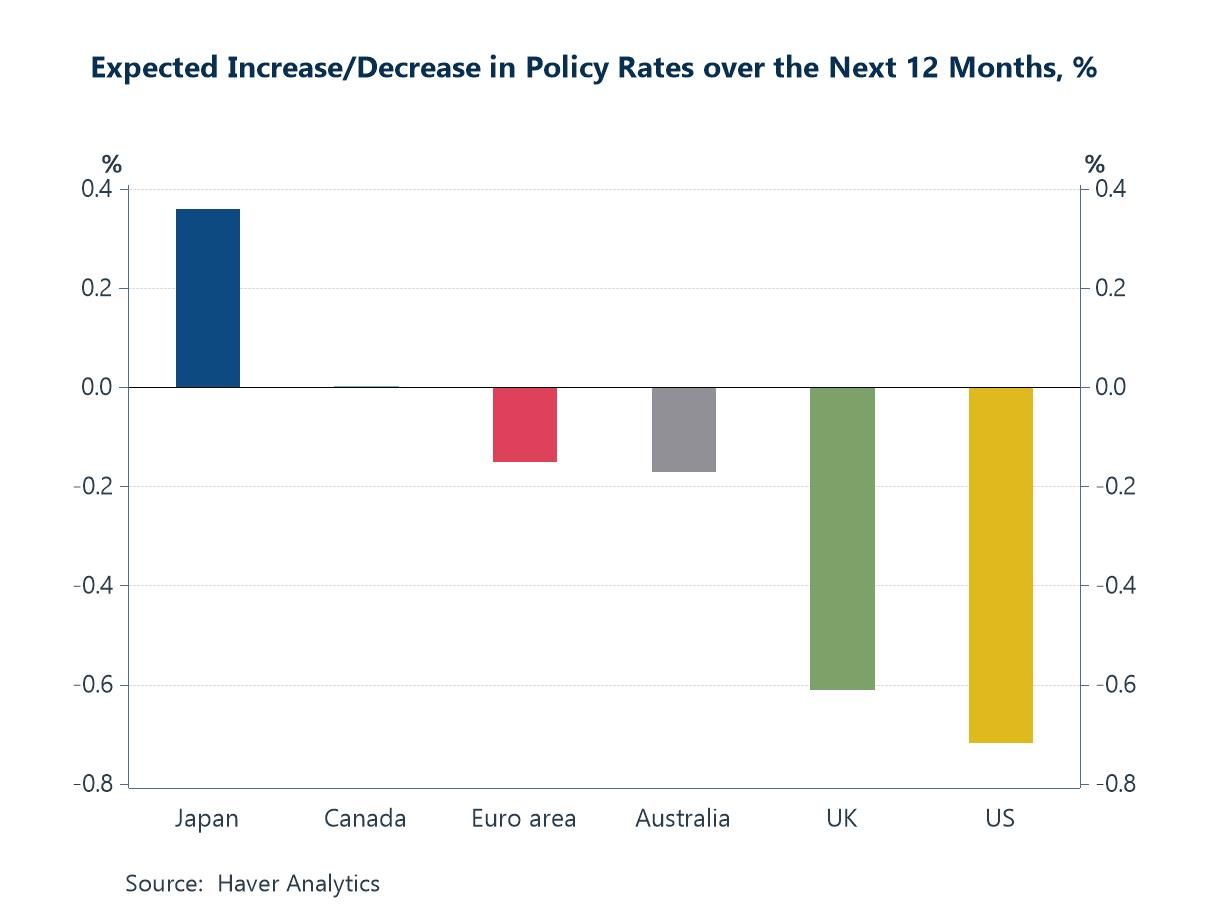
 Global
Global